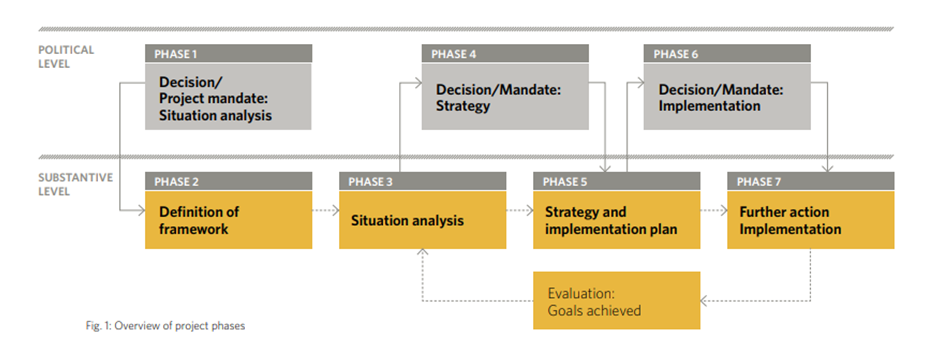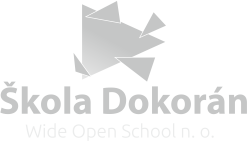
Better, responsive and coordinated early childhood services
What is Primokiz?
An evidence-based program developed by Jacobs Foundation for increasing access to quality early childhood services for young children.
A phased methodology to be used by local governments to improve the services they offer for young children, in a strategic, participatory, and responsive way.
Who can use the Primokiz Methodology?
Primokiz is a licensed program. The Jacobs Foundation awarded ISSA the license to use it across countries. ISSA sub-licenses Primokiz to its national members, provided that they undergo a ‘know-how’ capacity building process.
What is included in the Primokiz Methodology?
- main arguments for investing in early childhood services
- a structured 7-phased process for building local leadership to develop and improve local early childhood services, across sectors, with the contribution of trained facilitators
- tools for key steps in the process – the Primokiz Handbook and its annexes, tools for running a situation analysis, for drafting a strategy, for developing an implementation plan, a toolkit for achieving integration across sectors, etc.
- expert advice and facilitation of the process

How does Primokiz work?
Key steps in the process:
- set up local cross-sectoral teams led by the local government
- carry out a locally-led situation and needs analysis bringing together specialists and practitioners across early childhood sectors, local government representatives, families, and members of the community
- based on the needs, decide jointly on short-medium-long term priorities for improving the early childhood services across sectors
- develop a cross-sectoral early childhood strategy/action plan (or embed it into the existing local development strategies) reflecting the jointly decided priorities
- approve, fund, and implement the action plan that promotes local partnerships and stakeholders’ involvement
- monitor the implementation of the plan
Where is Primokiz implemented?
Since 2012, the Primokiz Methodology has been implemented by local partners of Jacobs Foundation in hundreds of cities across Switzerland and Germany. Since 2019, it is also implemented by ISSA and ISSA Members in 30 localities in Romania and Slovenia.
Since 2024 Škola dokorán - Wide Open School n.o. has been piloting this methodology in two municipalities in Slovakia (Zborov and Koprivnica).
What are the results of using the Primokiz Methodology?
- a shared vision for early years among administrative representatives, professionals, families, and members of the community
- increased local ownership of the process of assessing needs, prioritizing actions, strategizing, and finding responsive solutions
- better understanding of the strengths and gaps in early childhood service provision at the local level
- increased investments at the local level and better use of existing assets
- increased local capacity to work across-sectors, driven by a shared vision
- increased coordination across sectors through actionoriented networks of services and stakeholders
- new/improved early childhood services, responding to actual needs
- increased awareness about the importance of the early years and of early childhood services for children, families, and communities
How can Primokiz support local governments responding to emergencies, like hosting refugee families? utečencov?
- set up local teams and partnerships to jointly address actual needs
- build local capacity to carry out a rapid local needs assessment, involving the families themselves
- identify local strengths and gaps in providing a valid response
- identify short-medium and long-term priorities
- mobilize local expertise and capacity for joint action plans and tailored solutions
- ensure coordination across sectors in addressing the needs of young refugee children and their families
- nurture the participation of families and local actors in tailoring services for smooth integration
Primokiz Impact
- building new or renovating existing infrastructure (parks, playgrounds, creches, kindergartens)
- creating digital maps with early childhood services in the localities, for families to access
- setting up mechanisms for ongoing communication, coordination and partnershipbuilding among different groups of professionals or stakeholders in the city — health, education or social workers, architects, journalists, priests, representatives of the cultural sector
- improving and making better use of databases to determine demographic trends, the needs of the families in the coming years and prepare to be ready to respond to them
- creating new services to respond to local needs

